When A Casual Swim Turned Into A Groundbreaking Discovery
In 2022, Tamara Thomsen was teaching a scuba diving lesson in Wisconsin’s Lake Mendota when she came across a piece of wood poking out of the sand. While no one else thought much of it, Thomsen—a maritime archaeologist—felt it was more than just driftwood.

It Wasn't Her First Discovery
Believe it or not, only a year earlier, Thomsen had a similar experience in the lake when she came across a piece of driftwood while she was swimming—which ended up being a 1,200-year-old dugout canoe. But she was about to find out that her new discovery was something even older.
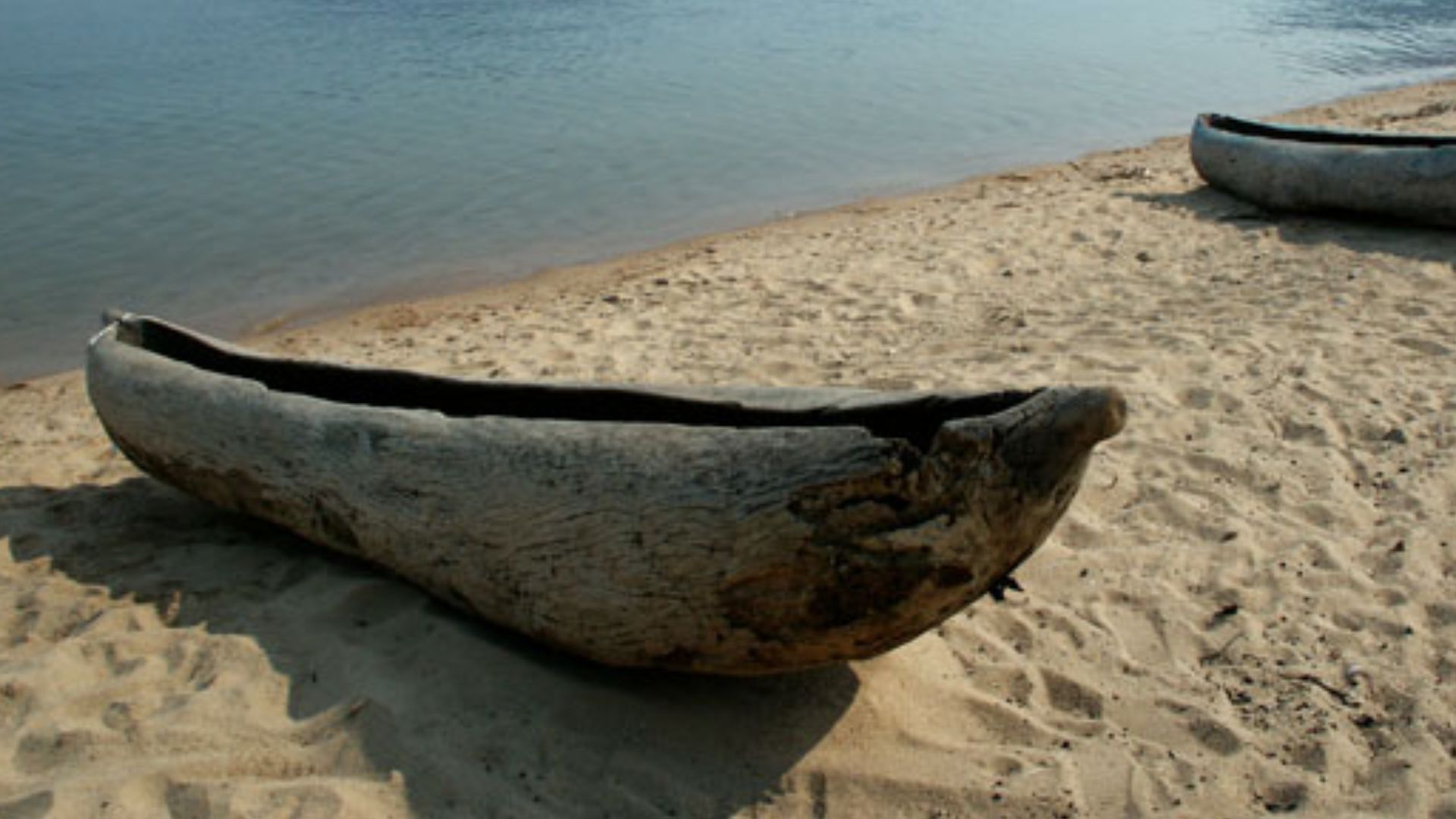 Stefan7, CC BY-SA 3.0, Wikimedia Commons
Stefan7, CC BY-SA 3.0, Wikimedia Commons
Twice Is Coincidence
The second piece of wood Thomsen found in Lake Mendota ended up being part of another ancient dugout canoe—which the Wisconsin Historical Society estimates to be about 3,000 years old, significantly older than her first discovery. And it was about to get so much better.
 Watch now: How Tamara Thomsen found a 3,000-year-old canoe, Madison.com
Watch now: How Tamara Thomsen found a 3,000-year-old canoe, Madison.com
No One Believed Her
Thomsen told the Milwaukee Journal Sentinel that she immediately texted her boss saying, “Not a joke: I found another dugout canoe”. It was certainly hard to believe. But the details get juicier.
 Watch now: How Tamara Thomsen found a 3,000-year-old canoe, Madison.com
Watch now: How Tamara Thomsen found a 3,000-year-old canoe, Madison.com
It Was Found On Ancestral Lands
The canoe is believed to have been created by ancestors of the Ho-Chunk Nation. And it’s the earliest direct evidence of water transportation used by Indigenous peoples in the region.
So early, in fact, this canoe goes way back.
 National Gallery of Art, CC0, Wikimedia Commons
National Gallery of Art, CC0, Wikimedia Commons
It Goes Way Back
Archaeologists believe the canoe was carved around 1,000 BCE. It’s the oldest canoe ever found in the Great Lakes region by 1,000 years—making it a remarkable discovery that researchers cannot get enough of.
 Watch now: How Tamara Thomsen found a 3,000-year-old canoe, Madison.com
Watch now: How Tamara Thomsen found a 3,000-year-old canoe, Madison.com
It Predates Pottery
According to Amy Rosebrough, an archaeologist with the historical society, “This one predates agriculture, predates pottery. This one predates all of Wisconsin's [effigy] mounds. I don't have words for what this is right now. I can't really think of much that competes with this. I really can't. I mean Wisconsin has incredible archaeology, but this is stellar”.
The canoe’s incredibly old age makes its construction even more impressive.
 Watch now: How Tamara Thomsen found a 3,000-year-old canoe, Madison.com
Watch now: How Tamara Thomsen found a 3,000-year-old canoe, Madison.com
Carved From A Single Piece Of Wood
The 3,000-year-old dugout canoe is made from a single piece of white oak that stretched 14.5 feet long. It was carefully excavated by hand with the help of citizens from Ho-Chunk Nation and the Bad River Band of Lake Superior Chippewa.
The canoe was transported to a state preservation facility in Madison, where the previous canoe currently sits. But when they went back to the site, they discovered something else.
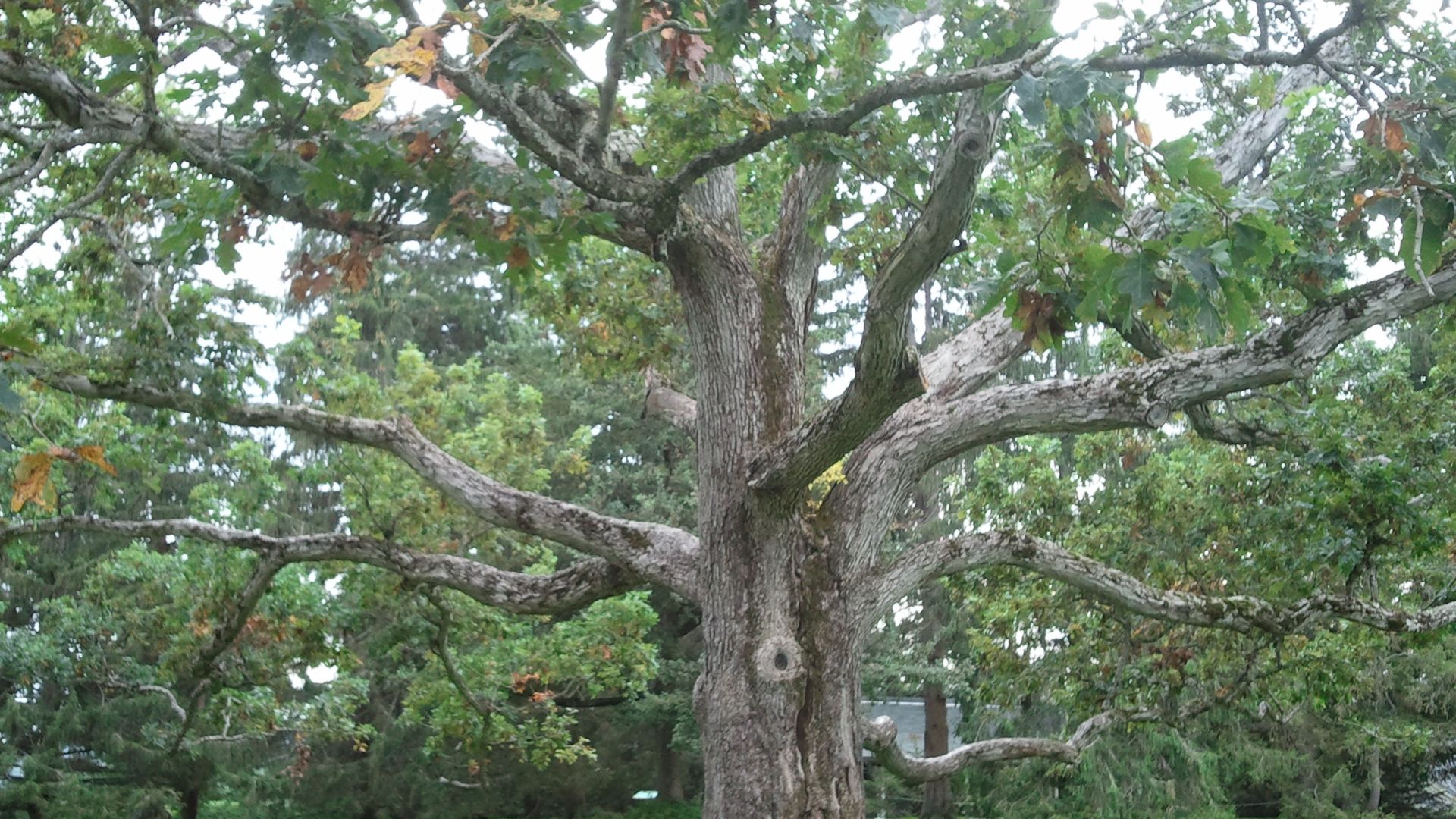 EgorovaSvetlana, CC BY-SA 4.0, Wikimedia Commons
EgorovaSvetlana, CC BY-SA 4.0, Wikimedia Commons
The Discovery Site
Thomsen came across the canoe only about 100 yards from the one she discovered in 2021. Their close proximity suggests that the shoreline of Lake Mendota—the largest of Madison’s five freshwater lakes—likely shifted over time. Indigenous people may have lived in ancient villages where the water is now.
And finding not one, but two dugout canoes in the same area indicates something much larger.
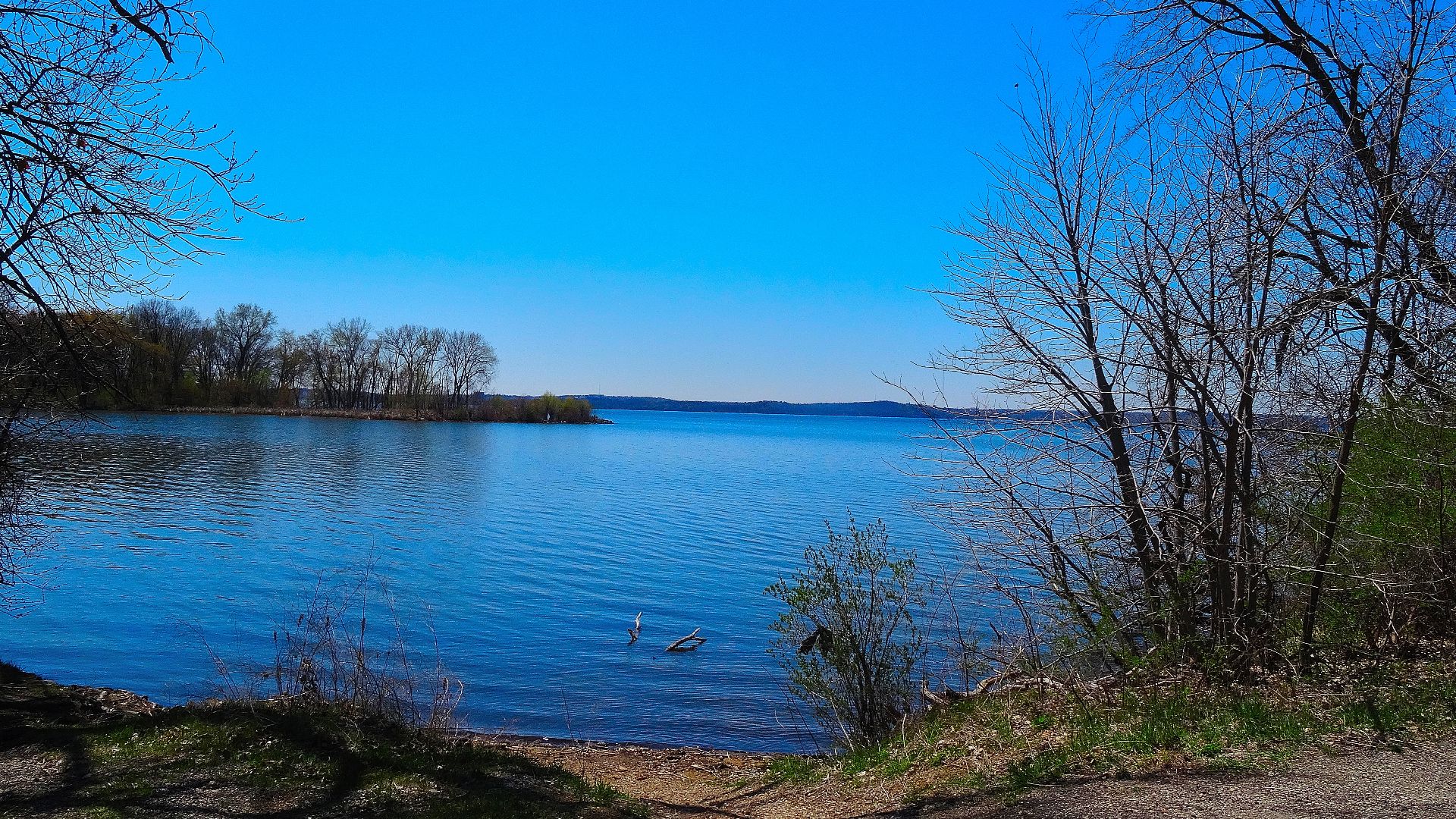 Corey Coyle, CC BY 3.0, Wikimedia Commons
Corey Coyle, CC BY 3.0, Wikimedia Commons
Invaluable Research
James Skibo, the Wisconsin Historical Society state archaeologist, believes that finding a second canoe in the same region “unlocks invaluable research and educational opportunities,” and he wasn’t wrong.
Divers began scanning the area—and what they came across next was mind-blowing.
 Richard Hurd, CC BY 2.0, Wikimedia Commons
Richard Hurd, CC BY 2.0, Wikimedia Commons
Keep Digging
After finding two dugout canoes in the same area, researchers were now convinced that they couldn’t possibly be the only ones. Not only that, the two canoes were slightly different, and were actually created thousands of years apart.
It didn’t take long for them to find more.
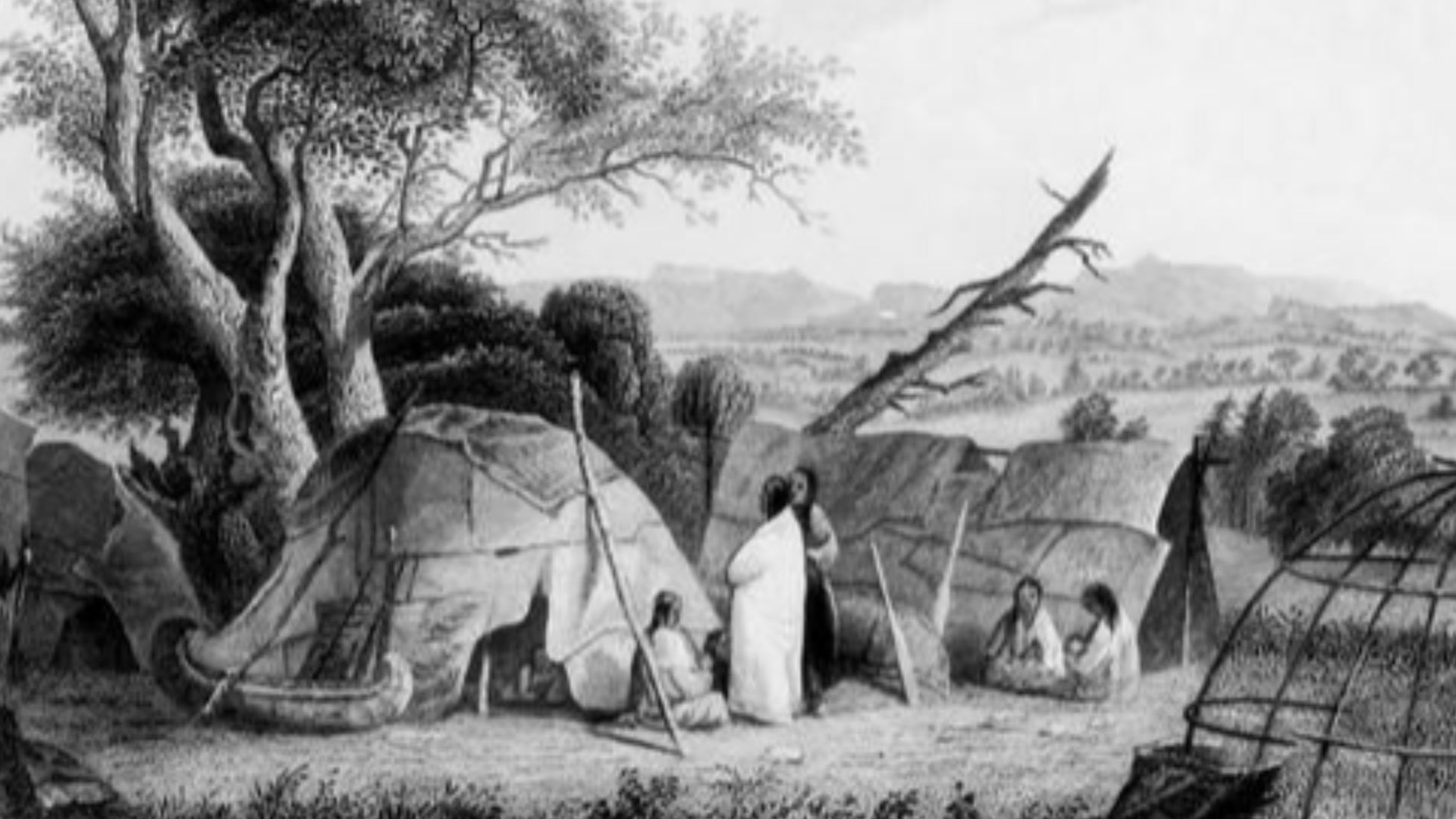 Seth Eastman (1808-75), Wikimedia Commons
Seth Eastman (1808-75), Wikimedia Commons
An Ancient Transportation Hub, Perhaps?
Archaeologists have believed for years that people traveled throughout this period by dugout—but now they had absolute proof of it. The more they looked, the more they found, eventually identifying 11 historic canoes in the area—and they weren’t all the same.
 Somewhere On The Road of Life, Wikimedia Commons
Somewhere On The Road of Life, Wikimedia Commons
Record-Breaking Ages
The boats are constructed from different kinds of trees, including elm, ash, white oak, cottonwood, and red oak—which reflects changing environmental conditions. They vary in condition and age, with the oldest ones being an incredible 4,500 years old—the oldest ever recorded. And they give an incredible look into the past.
 Marty Aligata, CC BY-SA 4.0, Wikimedia Commons
Marty Aligata, CC BY-SA 4.0, Wikimedia Commons
Understanding Our Ancestors
Rosebrough went on to tell Fox News Digital, “The Indigenous peoples of Wisconsin and the wider United States fished, traveled and traded extensively on inland lakes and streams, and until now we have not had a clear look at the canoes used in the Great Lakes region”.
She went on to add a more modern perspective.
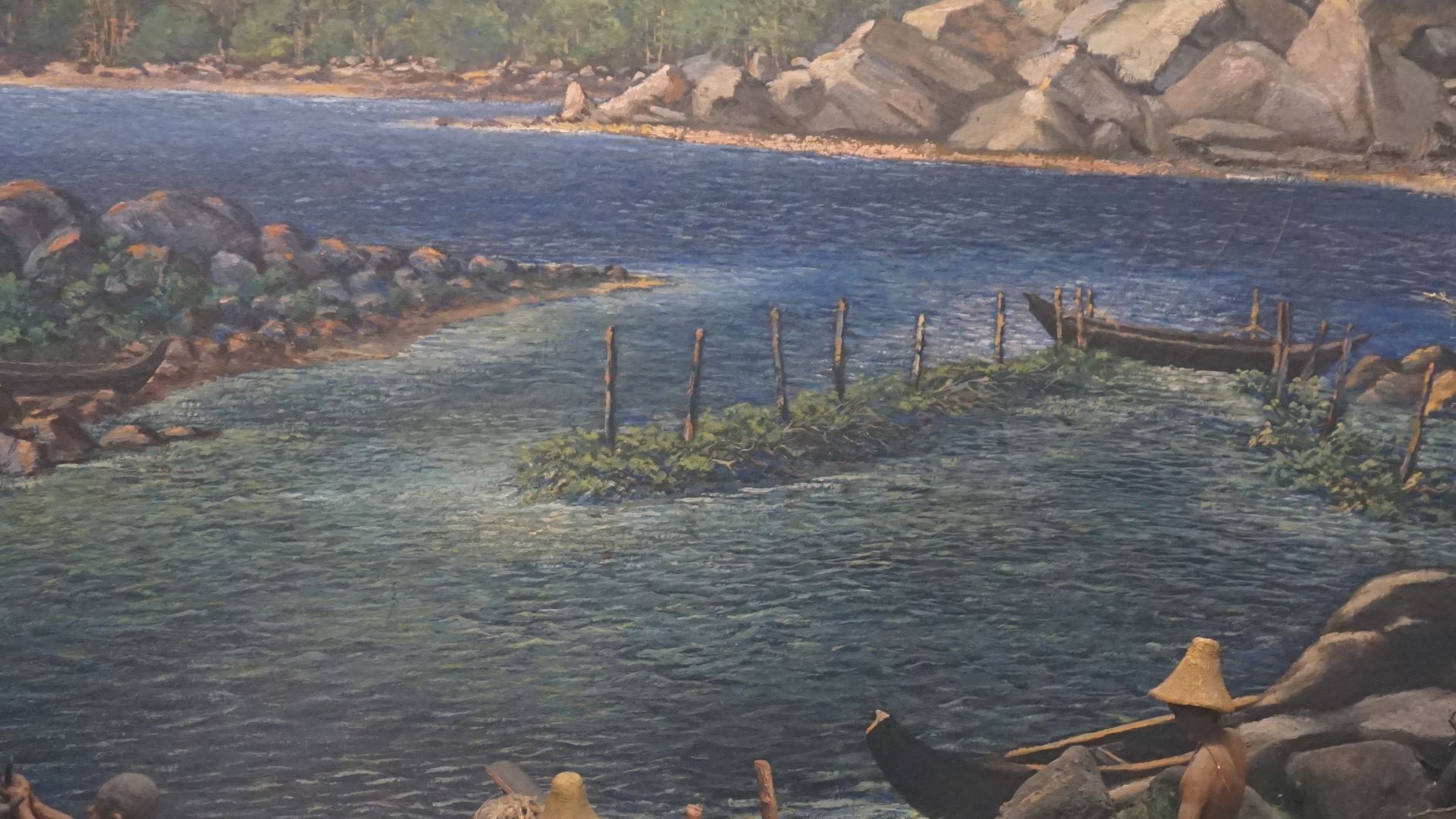 Michael Barera, CC BY-SA 4.0, Wikimedia Commons
Michael Barera, CC BY-SA 4.0, Wikimedia Commons
To Put It Simply...
Rosebrough went on to explain further, saying, “To put it in modern terms, it’s like trying to understand life in the Midwest without ever seeing a real pickup truck in person. Canoes allowed people to fish in deeper lakes, to transport goods over hundreds of miles and to travel to faraway places”.
And their final resting place offers more information, too.
 Johantheghost, CC BY-SA 3.0, Wikimedia Commons
Johantheghost, CC BY-SA 3.0, Wikimedia Commons
How They Ended Up On The Bottom
Researchers believe that Indigenous communities intentionally kept the canoes in the water during the winter to prevent them from freezing and warping. Over time, natural forces likely buried the boats and submerged the shoreline.
All of the boats were found within an 800-foot area that was likely once a shoreline.
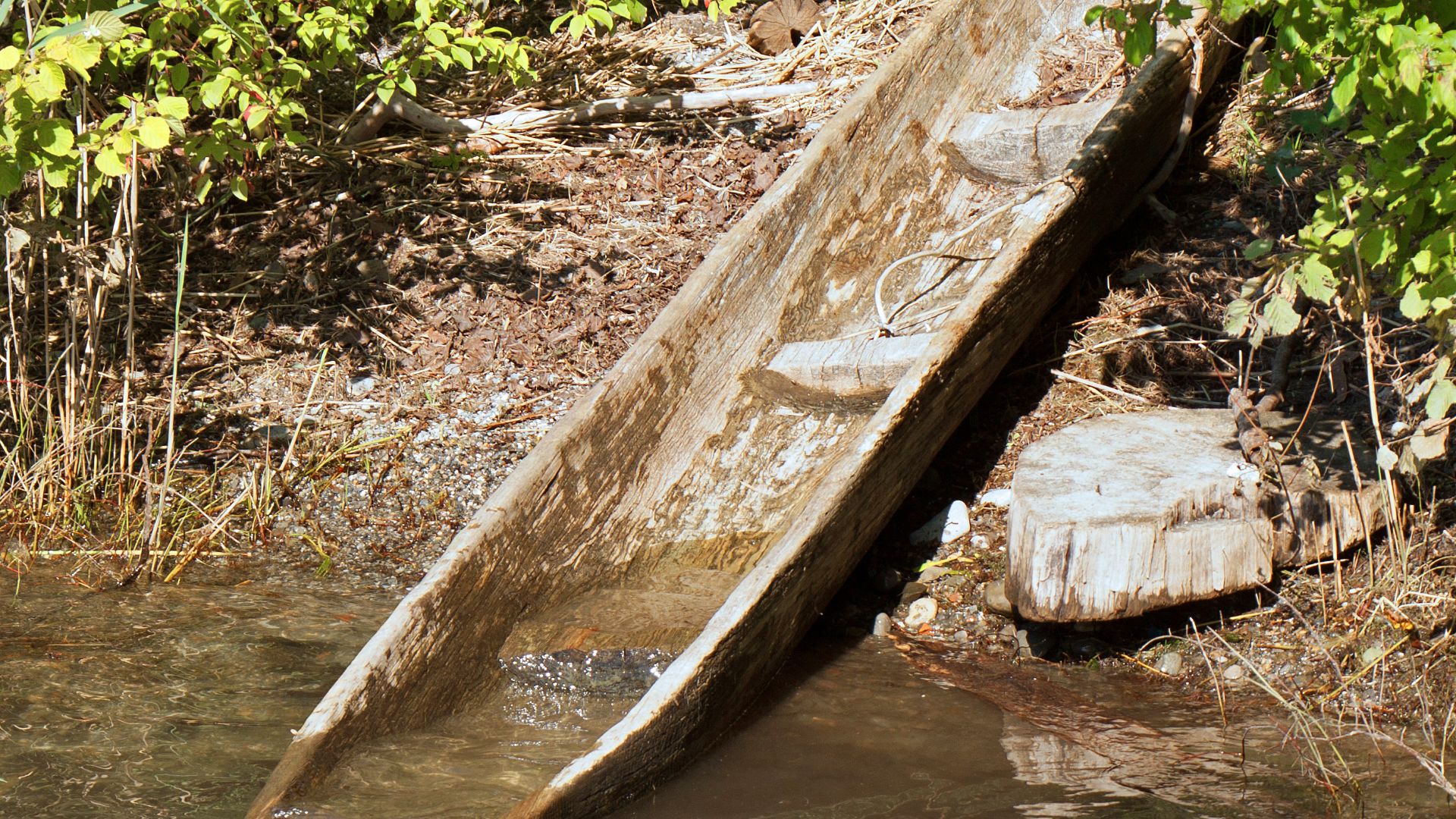 H. Zell, CC BY-SA 3.0, Wikimedia Commons
H. Zell, CC BY-SA 3.0, Wikimedia Commons
Where Are They Now?
The canoes that can be safely excavated will eventually be available to view on display at the Wisconsin Historical Society’s History Center, which is scheduled to open in 2027. However, some are far too fragile to move, and will remain undisturbed at the bottom of the lakebed.
 Prehistoric discovery Up to 11 ancient canoes found in Madison’s Lake Mendota, WONDER WORLD
Prehistoric discovery Up to 11 ancient canoes found in Madison’s Lake Mendota, WONDER WORLD
Don't Stop Now
As you can expect, research continues. Archaeologists are hopeful that they will find more, either within the same lake, or in surrounding lakes. The team has also been using ground-penetrating radar to see what else could be hidden beneath the lakes—which is of particular interest to the Ho-Chunk Nation, too.
 The Charles Machine Works, CC BY-SA 2.0, Wikimedia Commons
The Charles Machine Works, CC BY-SA 2.0, Wikimedia Commons
Honoring Those That Came Before Us
“Every person that harvested and constructed this caašgegu (white oak) into a canoe put a piece of themselves into it,” says Marlon WhiteEagle, Ho-Chunk Nation president, in the statement. “By preserving this canoe, we are honoring those that came before us”.
 US Department of Labor, CC BY 2.0, Wikimedia Commons
US Department of Labor, CC BY 2.0, Wikimedia Commons
You May Also Like:
Archaeologists Have Just Uncovered An Ancient Marble God Found Hidden In A Bulgarian Sewer
In 2023, archaeologists In Libya uncovered a haunting face. We don't know who left it there.
Archaeologists Say They Found Ancient Amazonian Art That May Depict Extinct And Mythological Creatures







